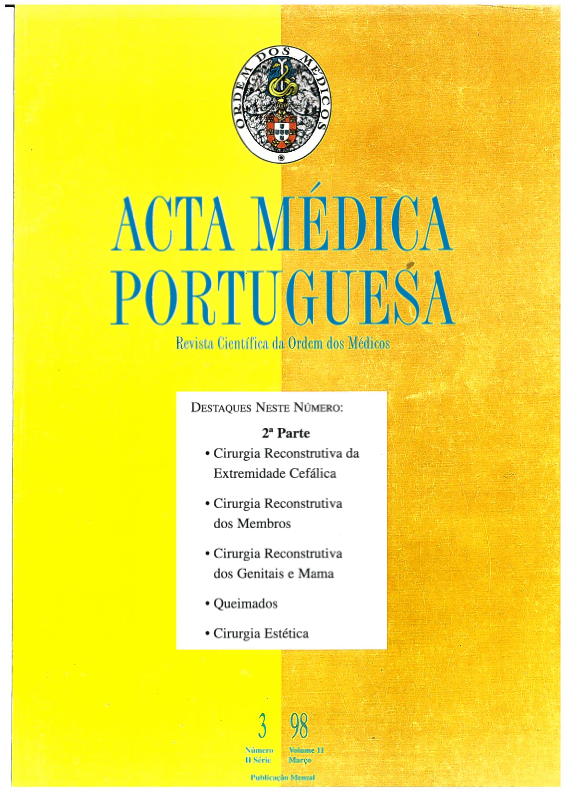Facial paralysis. Neuro-muscular reconstruction techniques.
DOI:
https://doi.org/10.20344/amp.2232Abstract
Several surgical procedures have been proposed through the years for the treatment of facial paralysis. The multiplicity and diversity of techniques portray the complexity and challenge represented by this pathology. Two basic dynamic options are available: -Reconstruction of nerve continuity through direct micro suture, with interposition grafts or nerve transpositions. -Regional muscular transposition, most often using the temporalis. Facial reanimation with the temporalis transfer has withstood the test of time and still is a reference technique. In a few weeks, good results can be obtained with a single and rather simple surgical procedure. Functional free flaps have been used with increasing frequency in the last two decades, most often combining a cross-facial nerve graft followed by a gracilis free flap nine months later. With this method there is a potential for restoration of spontaneous facial mimetic function. Apparently there is a limit in microsurgical technique and expertise beyond which there is no clear improvement in nerve regeneration. Current research is now actively studying and identifying nerve growth factors and pharmacological agents that might have an important and complementary role in the near future.Downloads
Downloads
How to Cite
Issue
Section
License
All the articles published in the AMP are open access and comply with the requirements of funding agencies or academic institutions. The AMP is governed by the terms of the Creative Commons ‘Attribution – Non-Commercial Use - (CC-BY-NC)’ license, regarding the use by third parties.
It is the author’s responsibility to obtain approval for the reproduction of figures, tables, etc. from other publications.
Upon acceptance of an article for publication, the authors will be asked to complete the ICMJE “Copyright Liability and Copyright Sharing Statement “(http://www.actamedicaportuguesa.com/info/AMP-NormasPublicacao.pdf) and the “Declaration of Potential Conflicts of Interest” (http:// www.icmje.org/conflicts-of-interest). An e-mail will be sent to the corresponding author to acknowledge receipt of the manuscript.
After publication, the authors are authorised to make their articles available in repositories of their institutions of origin, as long as they always mention where they were published and according to the Creative Commons license.









